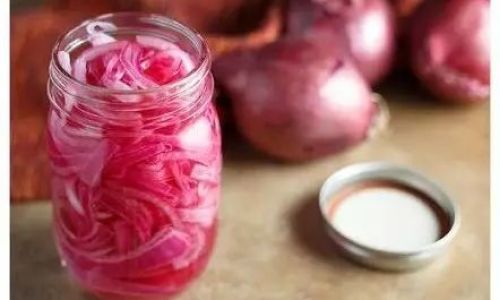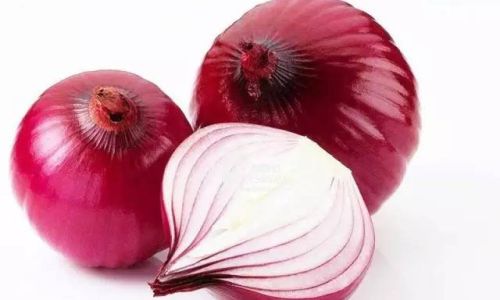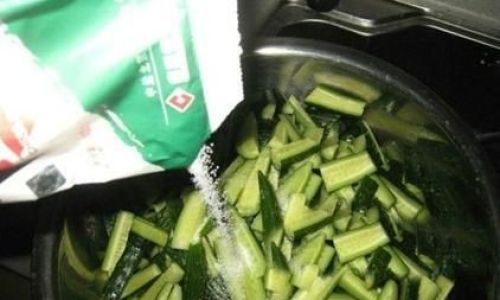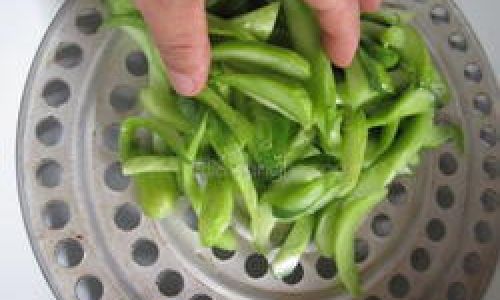Introduction
The humble onion, a staple in kitchens worldwide, is a versatile ingredient that adds flavor and depth to countless dishes. From savory stews to crisp salads, onions play a pivotal role in culinary creativity. However, the question of how best to store onions to maintain their freshness often sparks debate among home cooks and professional chefs alike. One common concern is whether onions can be stored in the refrigerator to prolong their shelf life. This article delves into the intricacies of onion storage, exploring the science behind preservation methods and addressing the question of refrigerator storage specifically. By understanding the unique properties of onions and the effects of different storage conditions, we can make informed decisions about how to keep our onions fresh and ready for use.
Understanding Onion Physiology
Before discussing storage methods, it’s essential to understand the basic physiology of onions. Onions belong to the Allium genus, which includes garlic, leeks, and shallots. They are characterized by their layered structure, with each layer (or scale) protecting the inner, more tender parts. The outer layers often dry out and become papery, serving as a natural barrier against moisture and pathogens.
Onions contain high levels of sulfur compounds, which are responsible for their pungent aroma and flavor when cut or crushed. These compounds, particularly allyl sulfides, are produced when the onion’s cells are damaged, releasing enzymes that react with sulfur-containing amino acids. The intensity of these flavors can vary depending on the onion variety, storage conditions, and age.

The Role of Temperature in Onion Storage
Temperature plays a crucial role in determining the shelf life and quality of onions. Onions are best stored at cool, but not freezing, temperatures. Ideally, they should be kept between 45°F and 55°F (7°C to 13°C). This temperature range slows down the onion’s metabolic processes, reducing the rate of respiration and moisture loss, which helps to preserve their quality.
At warmer temperatures, onions respire more rapidly, consuming oxygen and producing carbon dioxide. This accelerated metabolism leads to faster depletion of the onion’s stored nutrients, resulting in a shorter shelf life and a decline in flavor. Additionally, warmer temperatures can promote the growth of mold and bacteria, increasing the risk of spoilage.
Conversely, exposing onions to freezing temperatures can cause damage to their cells, leading to moisture loss and texture changes. Freezing also alters the onion’s flavor, making it softer and less aromatic. Therefore, storing onions in a refrigerator, which typically maintains temperatures below 40°F (4°C), is not ideal.
The Impact of Humidity
Humidity is another critical factor in onion storage. Onions require a moderate level of humidity to maintain their quality. Too much moisture can lead to rot and mold, while too little can cause the onion’s scales to dry out, making them more susceptible to damage and desiccation.

In a refrigerator, humidity levels are often lower than optimal for onion storage. The cold air in a refrigerator is dry, which can cause the onion’s outer layers to dry out quickly. This drying effect not only affects the onion’s appearance but also weakens its natural protective barrier, making it more vulnerable to microbial contamination.
The Effects of Refrigeration on Onion Quality
Despite the general recommendation against refrigerating onions, many home cooks do so out of habit or convenience. However, storing onions in the refrigerator can have several detrimental effects on their quality:
-
Flavor Alteration: Refrigeration alters the onion’s flavor profile, making it softer and less aromatic. The sulfur compounds that give onions their characteristic taste and smell break down more rapidly in cold temperatures.
-
Texture Changes: Cold temperatures cause the onion’s cells to break down, leading to a softer texture. This softening can make onions less suitable for certain dishes, such as raw salads, where a crisp texture is desired.
-
Moisture Loss: As mentioned earlier, the dry air in a refrigerator can cause the onion’s outer layers to dry out, leading to desiccation and increased susceptibility to damage.

-
Increased Susceptibility to Mold: Although onions are naturally resistant to mold, the combination of cold temperatures and moisture loss can weaken their defenses. Once mold sets in, it can spread quickly, rendering the onion unusable.
Alternative Storage Methods
Given the drawbacks of refrigerating onions, what are the alternative storage methods? Here are some effective ways to keep onions fresh:
-
Pantry Storage: A cool, dark pantry is an ideal environment for storing onions. The temperature in a pantry typically ranges between 50°F and 65°F (10°C to 18°C), which is within the optimal range for onion storage. Make sure the onions are kept in a well-ventilated container to prevent moisture build-up.
-
Mesh Bags: Storing onions in mesh bags allows for good air circulation, which helps to prevent moisture accumulation. Mesh bags also keep onions organized and easy to access.
-
Paper Bags: Another option is to store onions in paper bags. Paper bags allow for some air circulation while providing a bit of protection from drying out. Avoid using plastic bags, as they trap moisture and can lead to rot.

-
Baskets: Wooden or woven baskets are also suitable for onion storage. They provide a breathable environment that helps to maintain the optimal humidity level.
-
Root Cellars: For those with access to a root cellar or similar underground storage space, this can be an excellent option for storing onions. Root cellars provide a cool, dark, and humid environment that is ideal for preserving onions and other root vegetables.
Conclusion
In conclusion, while the refrigerator may seem like a convenient place to store onions, it is not the best option for maintaining their freshness and quality. The cold temperatures and low humidity in a refrigerator can alter the onion’s flavor, texture, and susceptibility to mold. Instead, onions should be stored in a cool, dark, and well-ventilated environment, such as a pantry, mesh bag, paper bag, basket, or root cellar. By understanding the unique storage needs of onions and choosing the right method, we can ensure that our onions remain fresh, flavorful, and ready to enhance our culinary creations.
Further Considerations
While the above discussion focuses on the general principles of onion storage, it’s worth noting that different onion varieties may have specific storage requirements. For example, red onions tend to have a shorter shelf life than yellow or white onions and may require more careful handling to prevent spoilage. Additionally, the size of the onion can also affect its storage properties. Larger onions may have thicker scales and a longer shelf life compared to smaller ones.

Moreover, the stage of maturity at harvest can influence an onion’s storage potential. Onions that are fully mature and have developed a thick, protective skin layer will store better than onions that are harvested too early. Therefore, when purchasing onions, it’s important to choose those that are firm, have intact scales, and are free of blemishes or soft spots.
Finally, it’s worth mentioning that the storage conditions in your home can vary depending on factors such as climate, season, and the specific layout of your living space. Therefore, it may take some experimentation to find the best storage method for your onions. Pay attention to how your onions look and smell over time, and adjust your storage practices accordingly.
In summary, while refrigerating onions may seem like a quick and easy solution for preserving them, it is not the most effective method. By understanding the unique storage needs of onions and choosing the right environment, we can ensure that they remain fresh, flavorful, and ready to use in our favorite recipes. With a bit of care and attention, our onions can be a valuable addition to our kitchens for weeks, or even months, to come.






0 comments